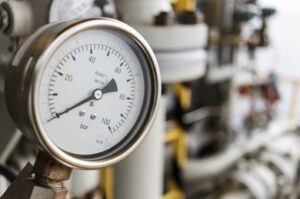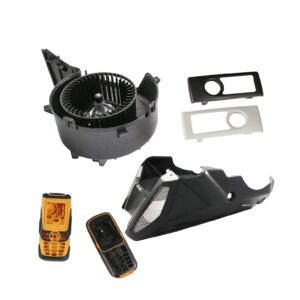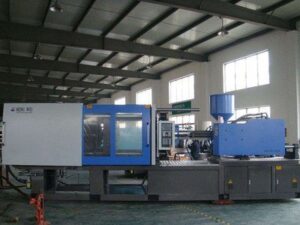If you are looking for a way to cut manufacturing costs, you may want to consider using injection molding for your product design. This manufacturing method produces millions of identical parts at an inexpensive price. Other advantages of this process include low scrap costs and reduced finishing requirements. In addition, the process is a lot faster than other manufacturing processes.
Produces millions of identical parts
Injection molding is a popular manufacturing method for large-scale production. It’s especially beneficial when producing prototypes or finalized products. It can also help businesses with consumer testing and product development. This process is ideal for businesses that want to reduce production time and cost. It is also popular in Southeast Asia.
Injection molding requires a careful mold design. The walls of the mold must be uniform to ensure a consistent product. Uneven wall thickness can cause the part to sink or warp during processing. The thickness of the mold walls depends on the plastic used, but a general rule is 0.2mm to 3mm.
Injection molding allows for large-scale production of millions of parts. It is an efficient manufacturing method that can handle extremely complex parts and ensure a uniform, high-quality product. When producing large quantities of parts, it is essential to consider several key design elements. The process is most effective when part designs are optimized for high-volume production. The right design can ensure high-quality parts and save you money.
Reduces manufacturing costs
When it comes to the cost of manufacturing your parts, one way to reduce costs is by eliminating some extra features. For example, if your design has an angled top, a curved bottom, or a hole in the middle, eliminating these features can help you save money on the cost of materials. Other ways to reduce cost include omitting textured surfaces and company logos. However, these features do increase the cost of your injection molding process, so you may want to keep them to a minimum.
When manufacturing large volumes, you need a large number of molds. Typically, the mold costs about $1 per part. The cost is not linear, so a mold can cost as much as $0.50 for 100 parts as opposed to $0.25 per part for 5000 parts. Similarly, the amount of labor you need per part decreases when you produce a larger volume, which results in a lower overall cost.
Produces low scrap prices
Injection molding is one of the most cost-effective and convenient manufacturing processes for producing large quantities of parts. It is also a great way to produce prototypes for testing your products. However, to ensure that your products come out as you want them, you need to work with a professional and reliable company. Luckily, 3ERP has an experienced manufacturing team and can provide high-quality Injection Molding in China.
One of the most attractive features of this manufacturing process is its low scrap rates. When compared to other mass-production processes, injection molding is the most efficient option when it comes to reducing scrap rates. This method produces high-quality products without substantial amounts of scrap, a characteristic that makes it superior to CNC machining, which cuts substantial portions of the original plastic sheet.
Reduces finishing requirements
Finishing requirements can influence the properties of molded products, including the coefficient of friction and wear. The design team should consider the surface finish before selecting a material and process. Fortunately, there is a lot of scientific data available that can help the design team choose the proper materials and processes.
While finishing requirements are an important consideration for any product, you can reduce them by reducing the number of finishing steps and features. For instance, you can eliminate the need for textured surfaces and other cosmetic add-ons. These features require more mold cavities and can increase costs. Redesigning snaps is another option to lower injection molding costs. In addition, you can use universal molds, which are less expensive and still produce high-quality parts.
Another way to reduce finishing requirements is by designing parts with thinner walls. Thinner walls require less material, resulting in shorter cooling times. This allows your production cycle to move faster, which in turn reduces costs. However, be aware that thinner walls can make your parts more fragile and more susceptible to breakage.
Can be automated
There are several advantages to automation, including increased efficiency and consistency in the process. For example, automation can reduce floor space, improve product quality, and reduce production time. Automation also allows a company to more accurately track operating costs and output. And it does so faster than manual operation. If you’re considering automation for your business, here are some reasons why you should do so.
First, automation allows a company to produce higher volumes of products with minimal error rates. This means fewer rejected parts, which in turn reduces costs. Another benefit to injection molding automation is reduced labor costs. Since robots can perform repetitive tasks, human workers are free to handle more complex tasks, allowing the company to pull more work forward and finish parts sooner.






